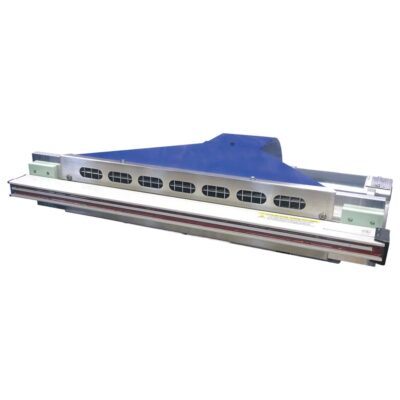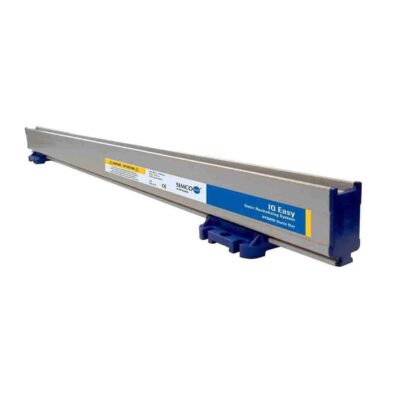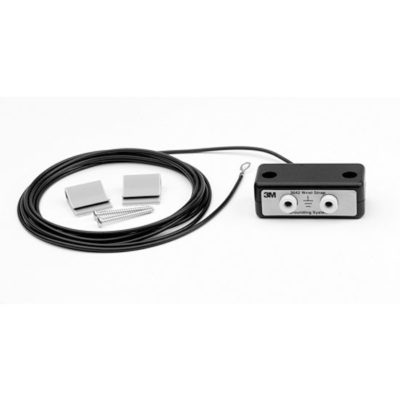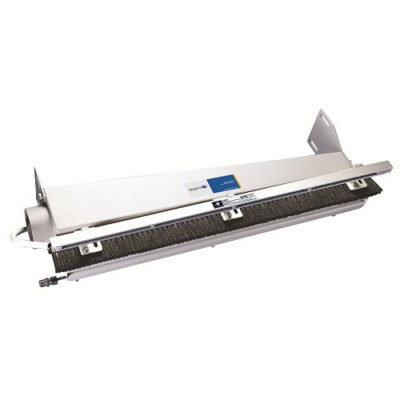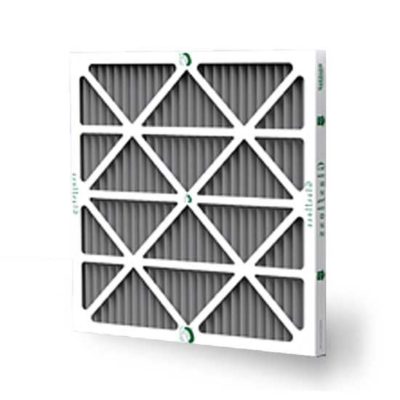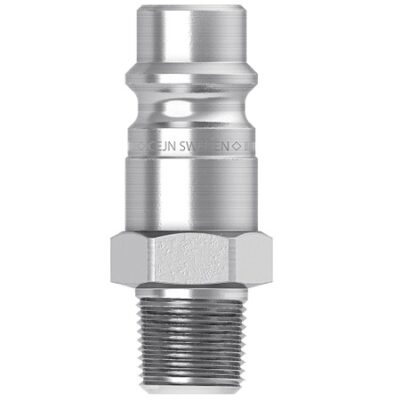Have you ever wondered how industries ensure the safety and dependability of electrical equipment in static-charged environments? Whether you’re in the manufacturing sector, electronics industry, or simply managing your household devices, understanding and adhering to static control regulations is critical. Static electricity might be invisible, but its impact is undeniable.
Static electricity is a severe concern in industrial and sensitive electrical environments. Static charges that are not regulated can cause equipment damage, explosions, and even fires. Various static control laws and standards have been implemented to ensure safe conduct and the protection of both workers and expensive products. Prepare to dive into the field of static control and understand the essential laws governing this critical part of modern technology.
Understanding the Basics
Static electricity is the imbalance of electric charges within or on the surface of a material. When two materials come into contact and then separate, one material may gain electrons while the other loses them, resulting in static charges. This build-up can be hazardous, especially in industries where flammable materials or sensitive electronic components are present.
Regulatory Landscape
Several regulatory bodies worldwide oversee static control regulations to establish and enforce standards across industries. These regulations aim to provide guidelines for the safe handling, manufacturing, and storage of products in environments prone to static electricity. Some notable standards and regulations include:
- NFPA 77: Recommended Practice on Static Electricity
- IEC 60079: Explosive Atmospheres
- ANSI/ESD S20.20: Electrostatic Discharge Control Program
NFPA 77: Recommended Practice on Static Electricity
Developed by the National Fire Protection Association (NFPA), NFPA 77 outlines procedures for the identification, assessment, and control of static electricity in various industries. It provides guidelines for grounding, bonding, and other measures to prevent static-related incidents.
IEC 60079: Explosive Atmospheres
The International Electrotechnical Commission (IEC) sets standards for explosive atmospheres where flammable substances are present. IEC 60079 addresses the control of static electricity in hazardous environments and provides requirements for equipment used in explosive atmospheres.
ANSI/ESD S20.20: Electrostatic Discharge Control Program
The American National Standards Institute (ANSI) and the Electrostatic Discharge Association (ESD) collaborated to create ANSI/ESD S20.20. This standard offers guidelines for developing, implementing, and maintaining an effective electrostatic discharge (ESD) control program.
Best Practices for Static Control
Implementing efficient static control measures is critical for ensuring a secure and dependable environment in various industries. Several recommended practices should be followed to reduce the dangers of electrostatic discharge (ESD).
To begin, it is critical to understand the nature of static electricity and its possible hazards. The usage of important ESD protection equipment, such as antistatic mats, wrist straps, and ionizers, is critical in neutralizing static charges. Individual grounding involving wrist straps and footwear is crucial for anyone working with sensitive equipment. A static-safe workplace is enhanced by proper workstation configuration, which includes dissipative surfaces and humidity control.
Grounding and Bonding
Establishing proper grounding and bonding practices is essential in dissipating static charges. Conductive materials, such as flooring and work surfaces, can be grounded to prevent the accumulation of static electricity.
The rugged IQ Easy Static Neutralizing Bar has an integrated high-voltage power supply and requires only a low voltage input of 24V DC, allowing for a safer, cleaner installation. The IQ Easy bar is IP-66 rated for durability and easy cleaning. It is available in two configurations.
Products and Personal Protective Equipment (PPE)
Employees working in static-sensitive environments should use appropriate PPE, including ESD-safe clothing, footwear, and gloves, to minimize the risk of generating static charges.
Wrist Strap Grounding Systems ground two single conductor wrist straps and conveniently mount beneath the edge of most work benches. Comes complete with a 10 ft. (3.0 m) ground cord.
Particulate Removal and Humidity Control
Maintaining optimal humidity levels in manufacturing and storage areas can help control static electricity. Dry environments increase the likelihood of static build-up, while controlled humidity levels mitigate this risk.
Neutro-Vac systems combine the power of a compressed air blast, static elimination, brushes, and a high exhaust head to agitate the web, remove the static bond, and evacuate surface particulate down to 20 microns in size.
Static control regulations and standards play a crucial role in ensuring the safety and reliability of operations in industries where static electricity is a concern. Adhering to these guidelines not only safeguards personnel and assets but also contributes to the overall integrity of products and processes. As technology advances, staying informed about the latest standards and continuously updating static control practices is paramount to creating a secure and efficient working environment.
Need help finding products to adhere to static control regulations? Static control needs vary from application to application, it can be hard to determine what will work best. The staff at ISC Sales is very knowledgeable, able to answer any of your questions, and will ensure that you get the most efficient product for your business. Contact us today and have the solution that’s perfect for you tomorrow.
For a free quote or more information about our selection of industrial equipment, give ISC Sales a call at (877) 602-0010. Online quote requests are also available, HERE.


